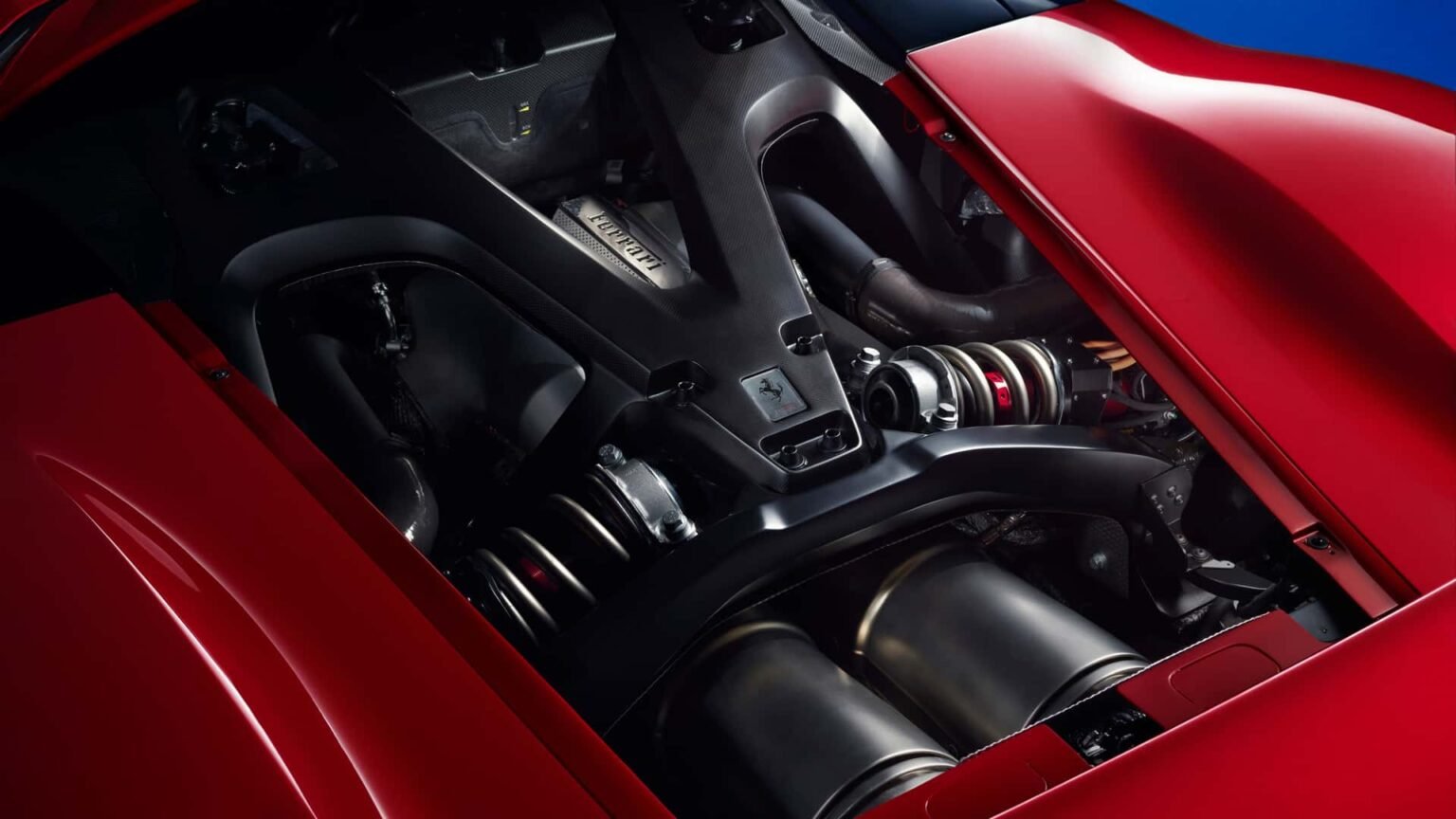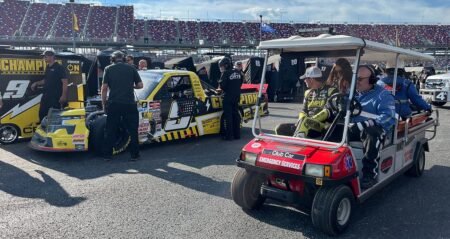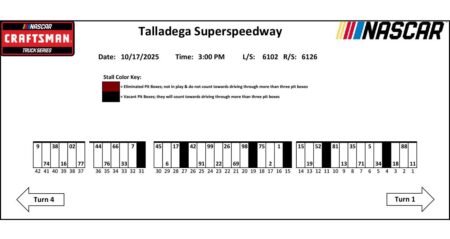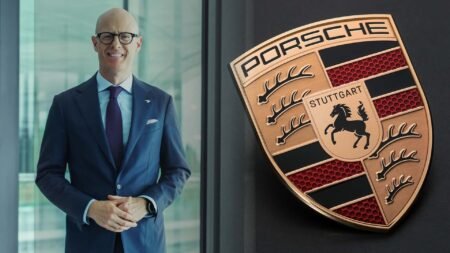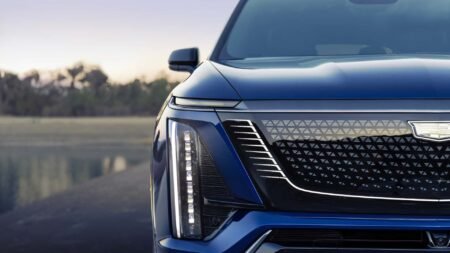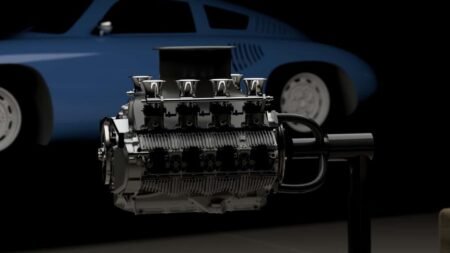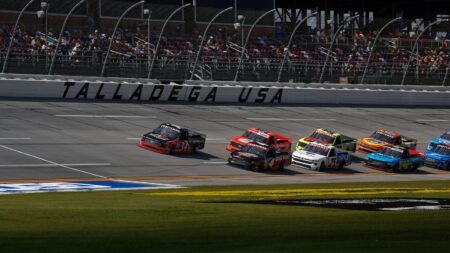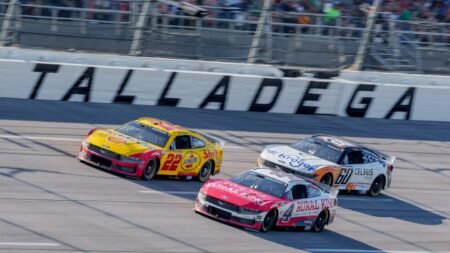Ferrari has been making headlines in recent days after Maranello revealed preliminary technical specifications for “Elettrica,” its first foray into the EV segment. But that doesn’t mean the Prancing Horse is signaling the gradual demise of the combustion engine. Quite the opposite: it’s doubling down on ICE.
In 2022, Ferrari projected that only 20 percent of its lineup would still use pure combustion engines by the end of the decade. The revised strategy announced this month calls for a 40 percent ICE share in the total portfolio by 2030. The hybrid share remains unchanged, with Ferrari sticking to the originally announced 40 percent. That means most new cars will still pack a V-6, V-8, or V-12 four years from now.
Knowing its loyal Ferraristi remain devoted to ICE, the Italian marque will continue refining its gas engines for greater performance while meeting ever-stricter emissions regulations. Speaking during Capital Markets Day, Chief Research & Development Officer Ernesto Lasalandra reaffirmed Ferrari’s commitment to traditional drivetrains:
‘We continue to develop our V-6, V-8, and V-12 engines with the goal to continuously improve their performance and efficiency, and at the same time, being compliant with the new worldwide regulations. We will continue to offer thermal engines in our product portfolio and bring innovation on engines by keeping on increasing the specific power.’
Photo by: Ferrari
He suggested that the F80 hypercar’s figure of 296 horsepower per liter, a record for a Ferrari road car, can still be surpassed: “We reached a new peak of specific power, but this is not the end. We want to improve more and more using recent technology, new material, and innovative engine architecture.”
That’s not all. Should synthetic fuels gain traction and scale up, Ferrari’s engines will be ready: “We will make sure our engine perform with alternative fuel such as e-fuel, being ready if or when this technology should spread on global scale.”
While the idea of an EV might sound counterintuitive, tougher emissions legislation will eventually catch up with Ferrari. But it’s not just about keeping regulators satisfied. The company is confident it can build a thrilling electric car for those open to the idea of doing away with the combustion engine.
For those who can’t imagine an ICE-less experience, there will still be plenty of V-6, V-8, and V-12 models to choose from in the years ahead. No fewer than 20 new cars are planned between 2026 and 2030, making the next few years some of the busiest in the company’s history.
Read the full article here





